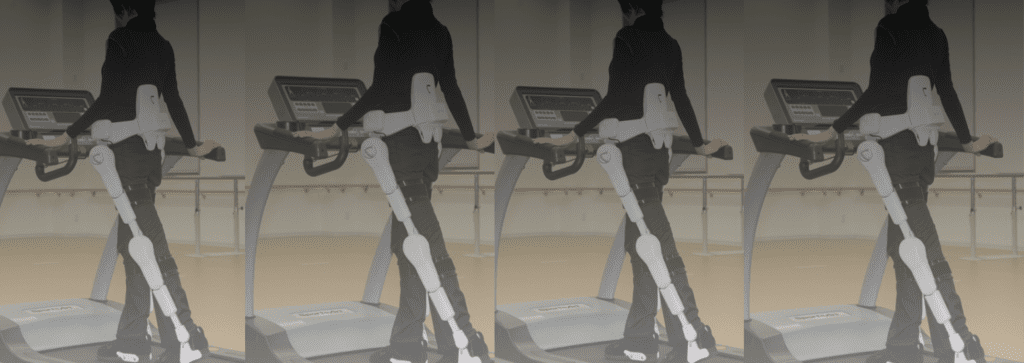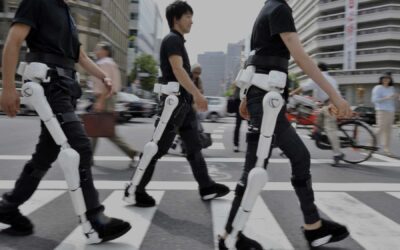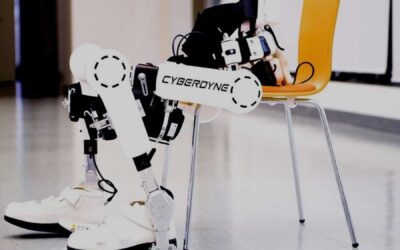The Hybrid Assistive Limb (HAL) is an exoskeleton wearable robot suit that assists in voluntary control of knee and hip joint motion.
HAL (Hybrid Assistive Limb) is a wearable cyborg robot that improves the physical capabilities of individuals with mobility difficulties like cerebral palsy. It enhances the user’s mobility by monitoring their movement. Clinical applications show its effectiveness in promoting functions of the lower and upper limbs and body trunks. Cyberdyne in India offers affordable treatment, helping patients worldwide, with costs almost 50% lower than in other countries.
Using HAL to Treat Cerebral Palsy

The Hybrid Assistive Limb (HAL) is a cyborg used to improve the walking ability of postoperative patients with cerebral palsy whose muscle strength decreases. HAL is designed to treat patients with cerebral vascular disease, progressive intractable neuromuscular disease, and other brain-neuromuscular diseases.
HAL is a neuronal-controlled robot suit that uses neuromuscular feedback therapy. The patient’s brain sends a command to execute a movement through the spinal cord to the patient’s muscles, which results in the muscle being tensioned to perform the movement. However, patients suffering from neurogenic gait disorders have a partially impaired signal chain, and initiating movement is only possible to a limited degree.
To overcome this, sensors pick up the patient’s residual neuromuscular impulses and transmit them to the HAL system. The system detects the impulses and gives the patient the required power assistance to execute the desired movement.
Recovery for Cerebral Palsy

Cerebral palsy affects bioelectrical signals in lower limbs due to brain damage. HAL can improve the gait ability of spastic CP patients.
Robotic tech in healthcare is crucial for efficient patient care. Rehabilitation robots aid physical therapy, promoting limb functions and helping patients walk. Robotics can also enhance lower limb proprioception.
Patient Feedback
In 2013, Rody was involved in a car accident that resulted in a spinal cord injury. This injury made it difficult for him to stand and walk. However, his life changed when he was admitted to Pusat Rehabilitasi PERKESO in 2019 and began receiving Cyberdyne Lower Limb treatment.
After six months of Cyberdyne treatment, Rody can now stand and walk again with the help of a walker. Even more exciting, he has returned to work!
Get a free demo of our treatment plans with Cyberdyne HAL at https://rehabmodalities.com/.



